Glossary
A
B
Blank
A flat metal disc or cylinder used as the starting material for metal spinning.
Burr
A rough or sharp edge left on a spun component, typically removed during finishing.
C
CNC Spinning
Metal spinning using computer numerical control (CNC) technology to automate and precisely control the spinning process.
Cone
A three-dimensional geometric shape formed through metal spinning, featuring a circular base that narrows down to a single point.
CR
Corner Radius
D
Die
Also known as Tool, A metal tool is used when shaping the workpiece during the spinning process.
Dished End
Our Term for the various types of heads – often called semi-elliptical head, tori-spherical head, dished head.
Dished plate
spinning consisting of only a spherical radius
E
F
Finishing
Post-spinning processes, such as polishing, buffing, or coating, to enhance the appearance and functionality of the component.
Flat Flanged end
Our term for a flat spinning with only 1 corner radius
Flange
The flat, often widened end of a spun component, used for attachment or mounting purposes.
Flare
The outward curving or widening of the edge or rim of a spun component.
Forming Tools
Hand-held tools or rollers used to shape the metal on the spinning lathe.
G
H
I
Inside Diameter (ID)
The width or distance across a circular spun component, measured from the Inside edge to the opposite edge through its centre.
J
K
L
M
Metal Spinning
The manufacturing process of forming a metal disk or tube into a hollow, cylindrical, or conical shape by rotating it on a lathe while using hand-held tools.
Minimum Thickness
The point in where the spinning has thinned to its lowest point
Outside Diameter (O/D)
The width or distance across a circular spun component, measured from the outside edge to the opposite edge through its centre.
Overall Height (O/A HT)
Height from the very top of the spinning to its lowest point
Quality Control
The procedures and measures in place to ensure that spun components meet specified quality standards.
N
O
P
Q
R
Run Back
When the material builds up during the spinning process.
S
SR
Spherical Radius
Straight Flat (SF)
Flat on the side of a dished end.
T
Tangent
The point at which a tool or roller contacts the surface of the spinning workpiece.
Tolerance
The acceptable range of variation in dimensions or specifications for a spun metal component.
Tool
Also known as die, A metal tool is used to shape the workpiece during the spinning process.
U
V
W
Work-Hardening
The process by which the metal becomes stronger and more rigid during metal spinning due to the deformation process.

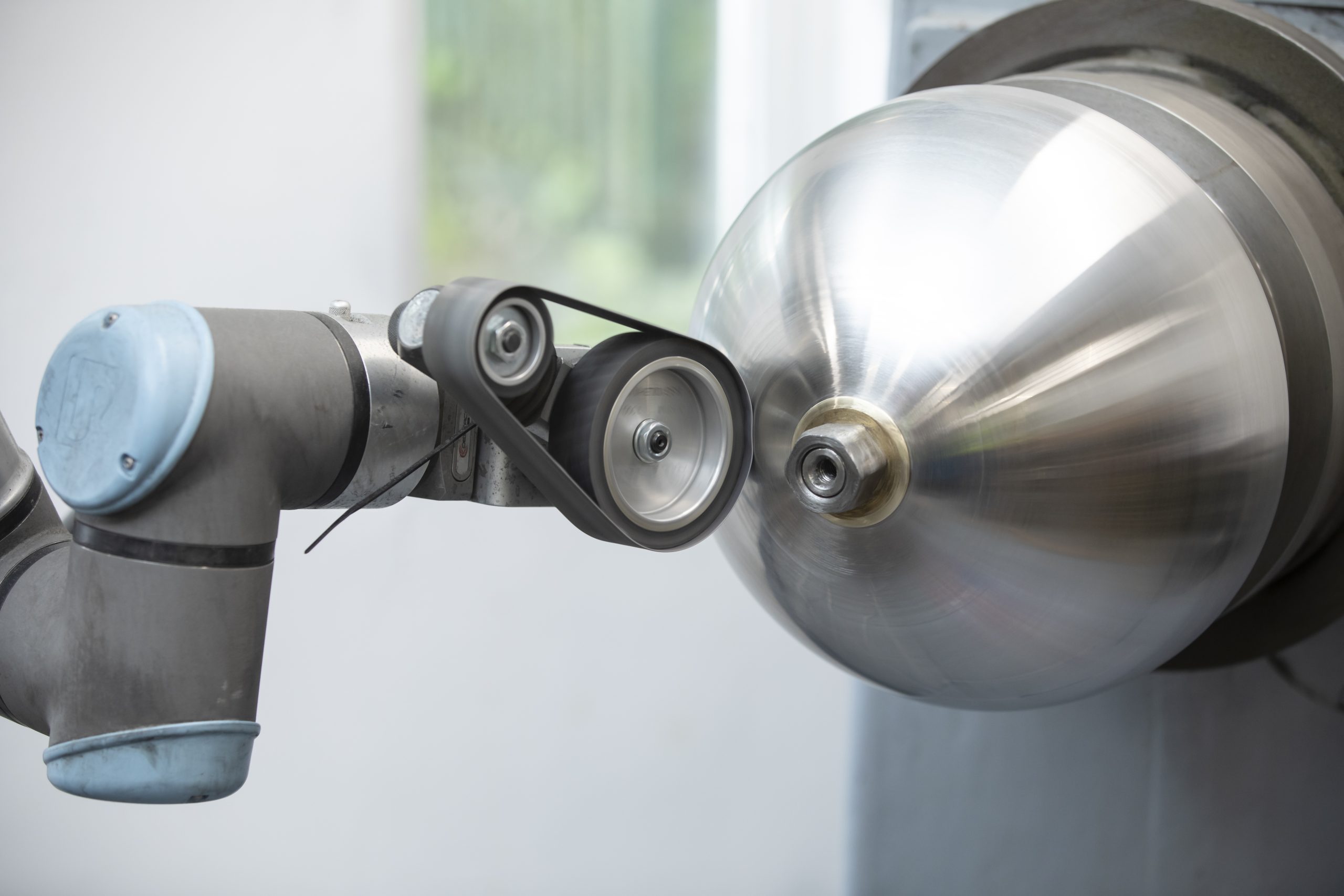 Metal Spinning
Metal Spinning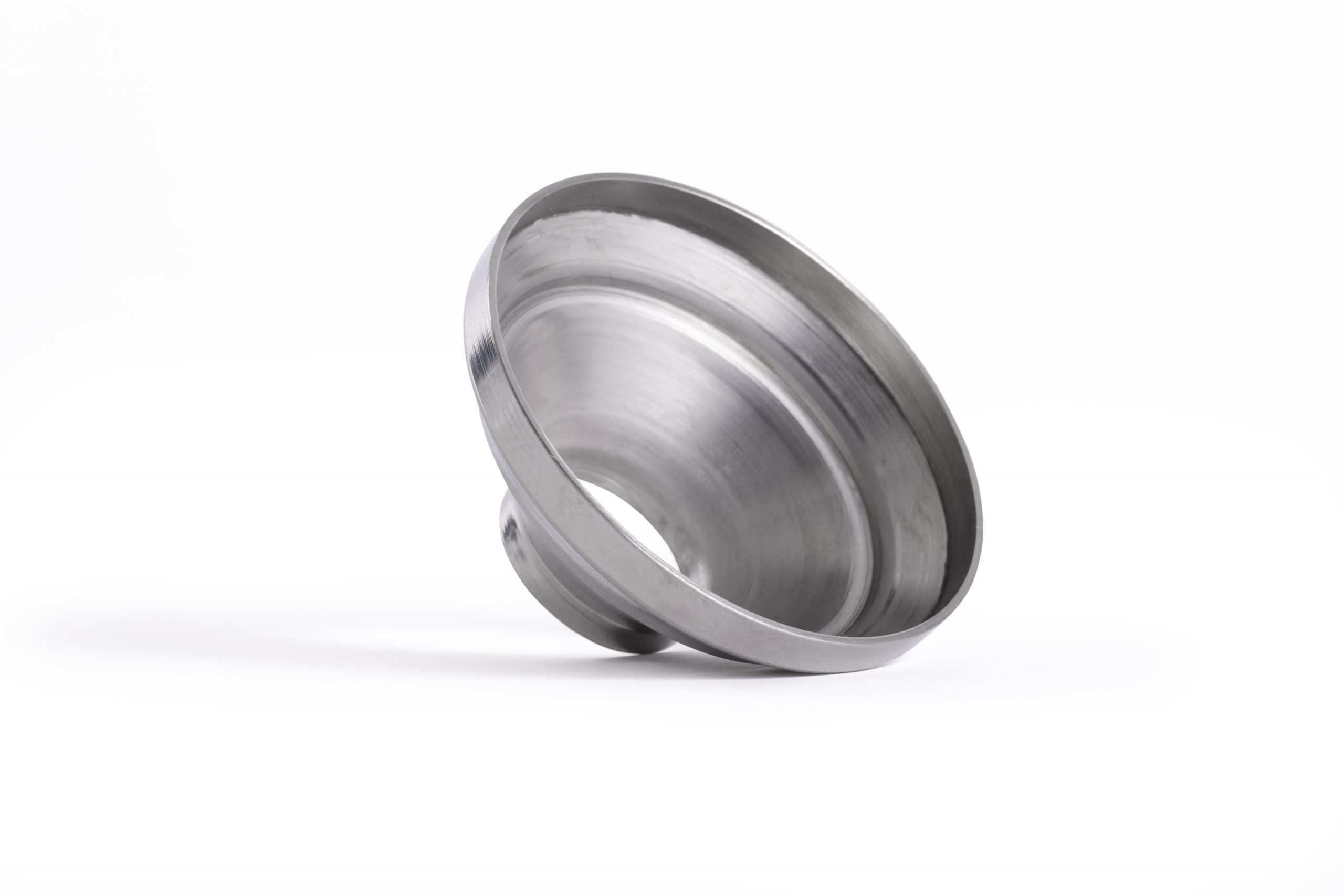 Bespoke Metal Spinning
Bespoke Metal Spinning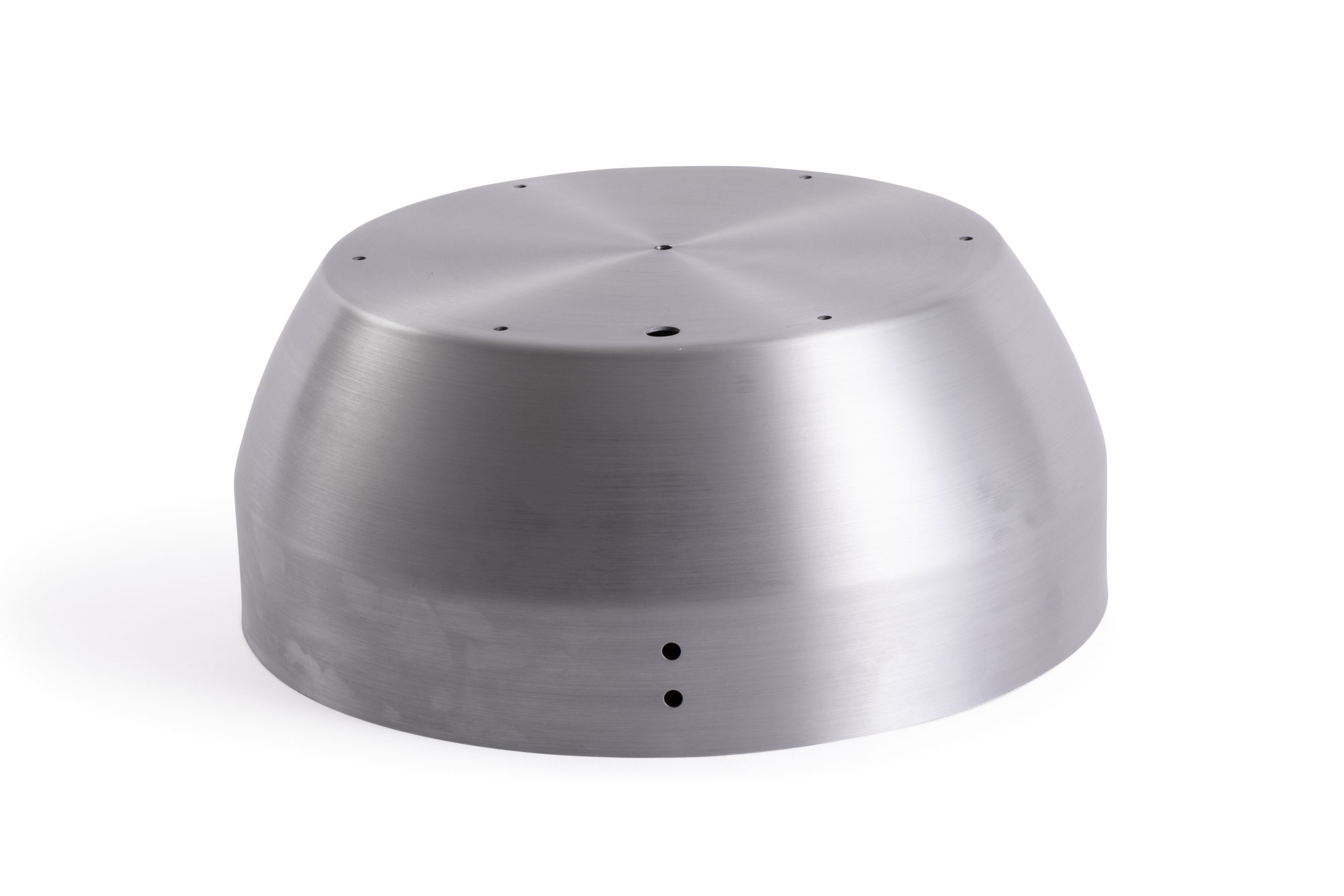 Metal Polishing
Metal Polishing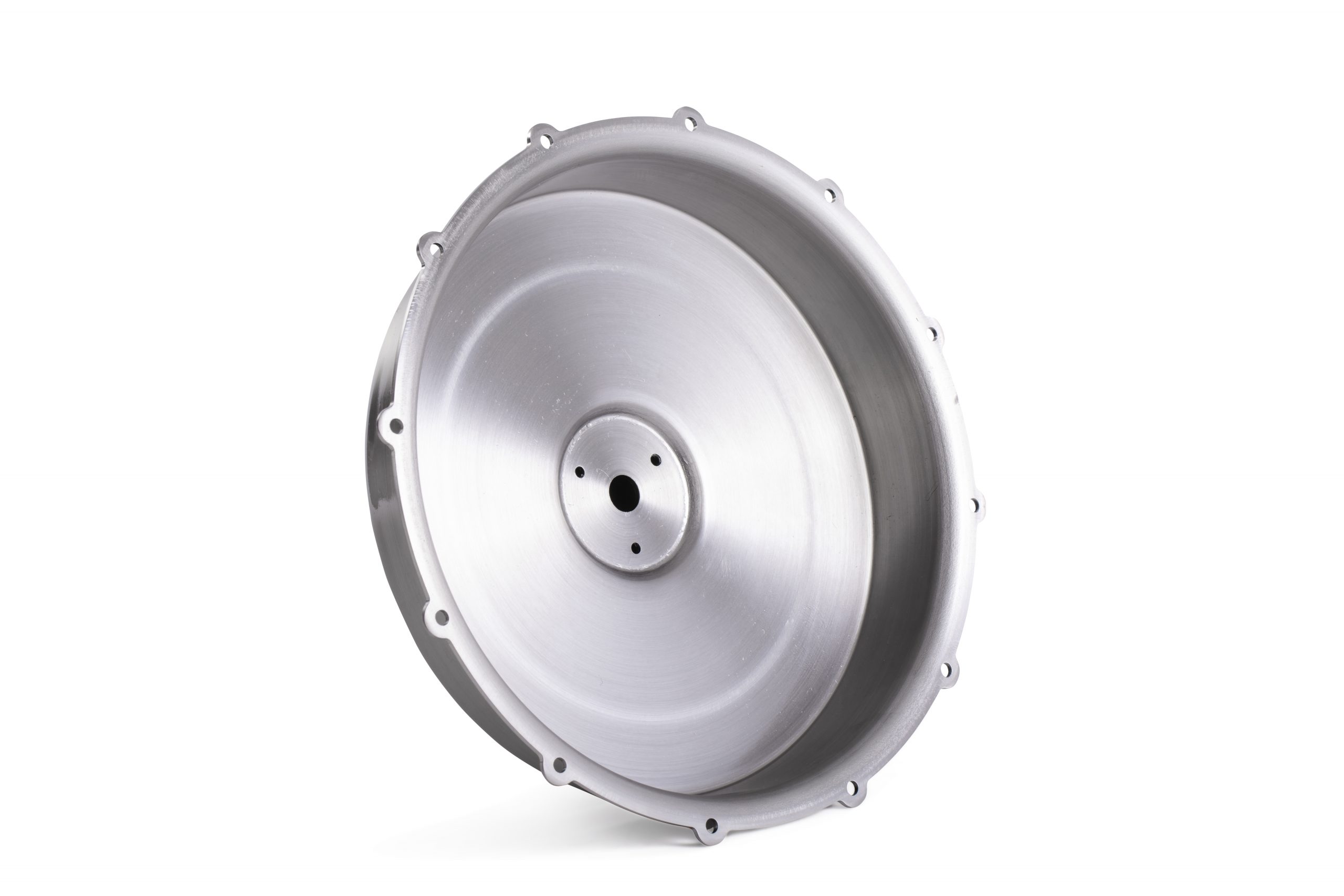 Machining
Machining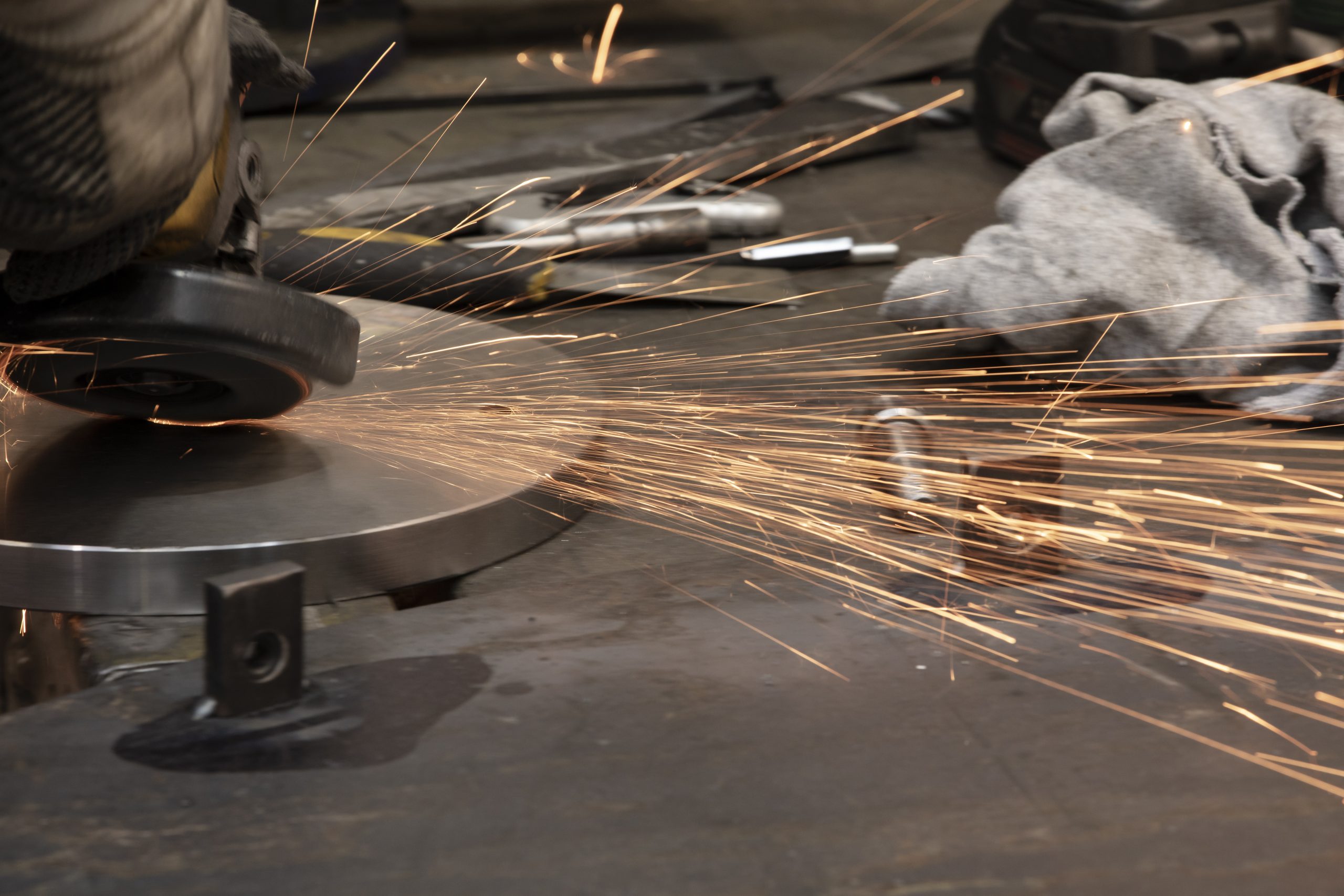 Metal Pressing
Metal Pressing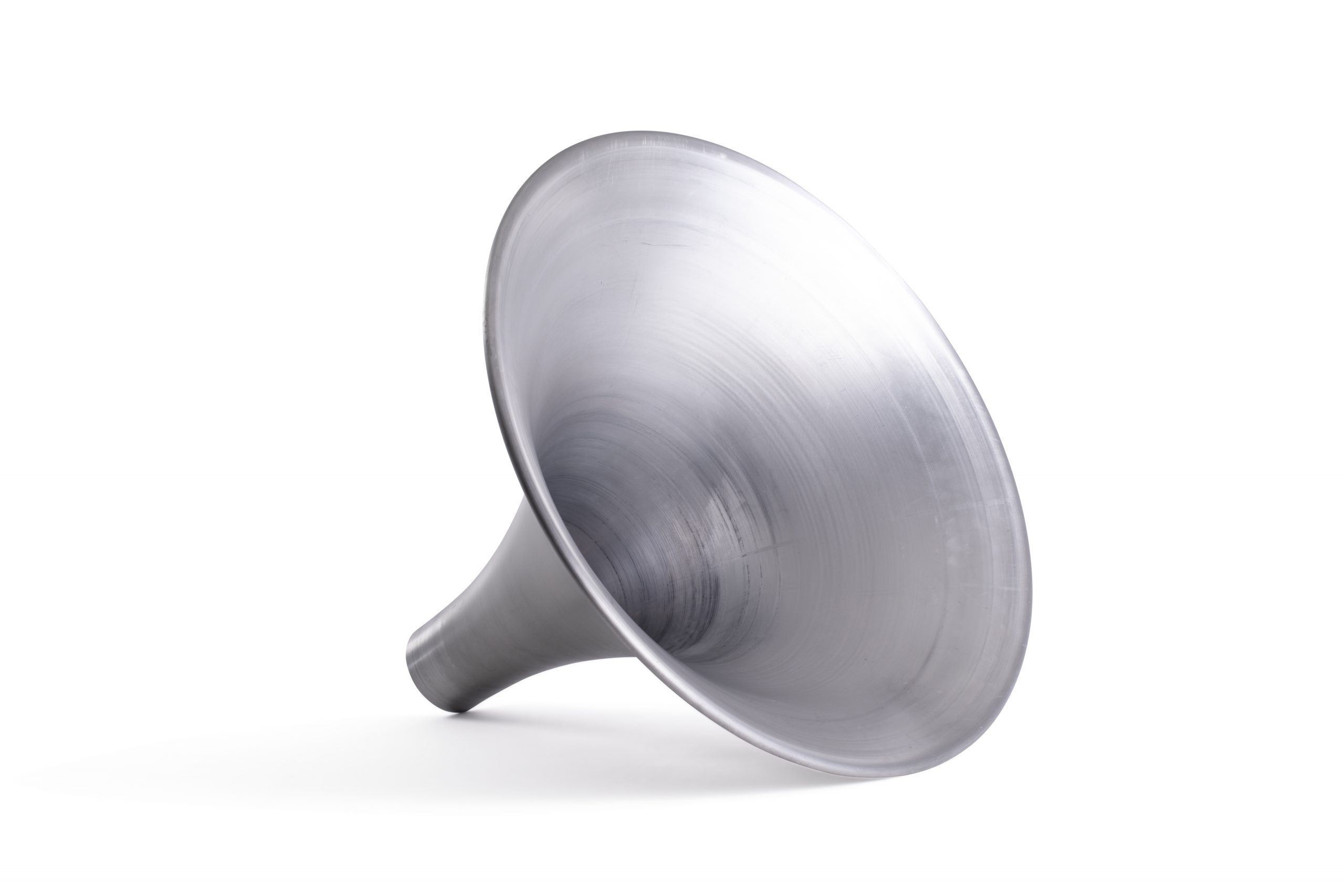 Metal Swaging
Metal Swaging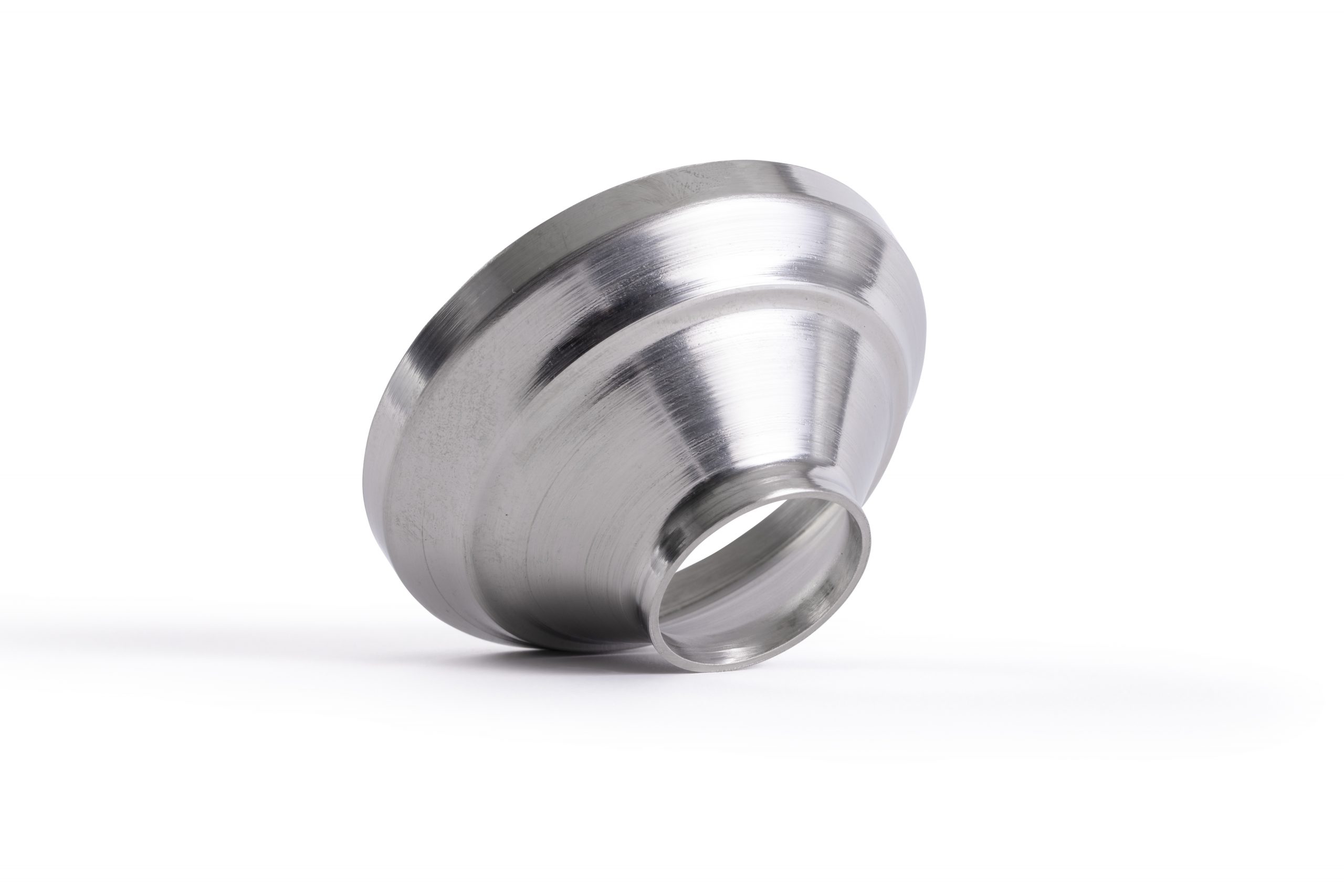 Metal Fabrication & Welding
Metal Fabrication & Welding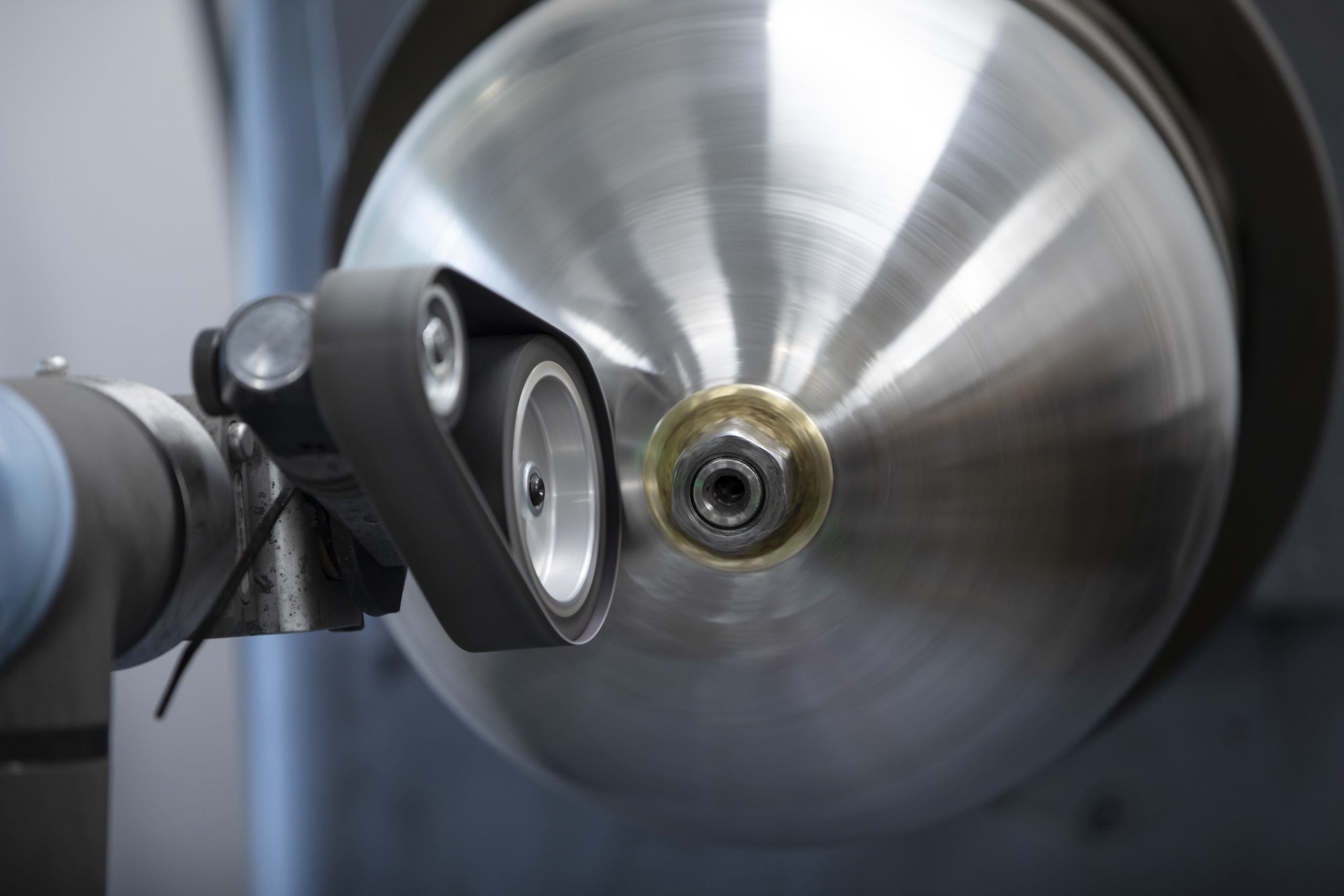 Precision Engineering
Precision Engineering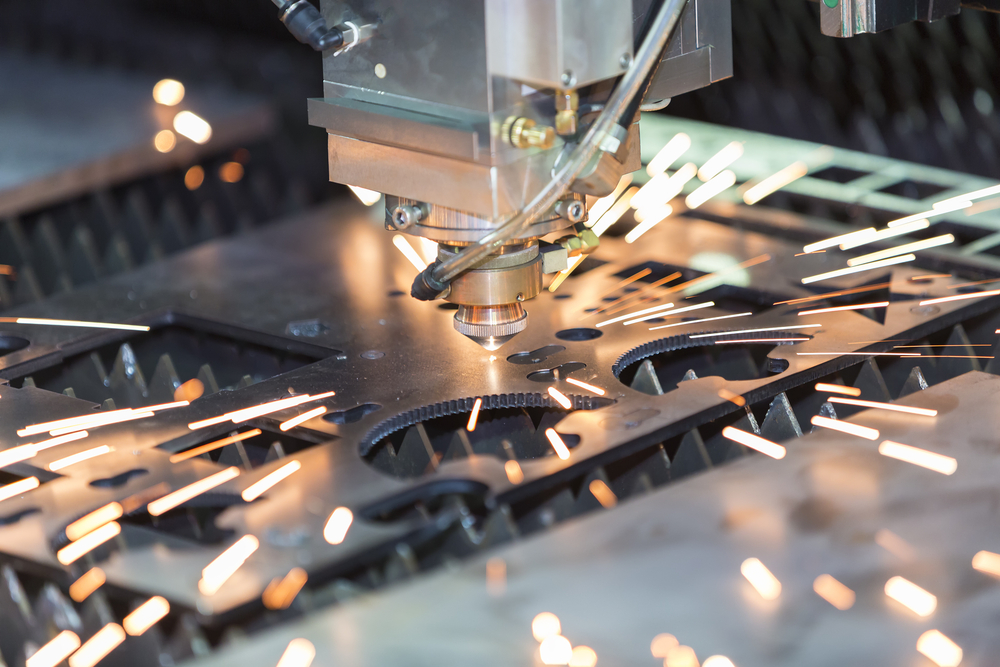 Laser Cutting
Laser Cutting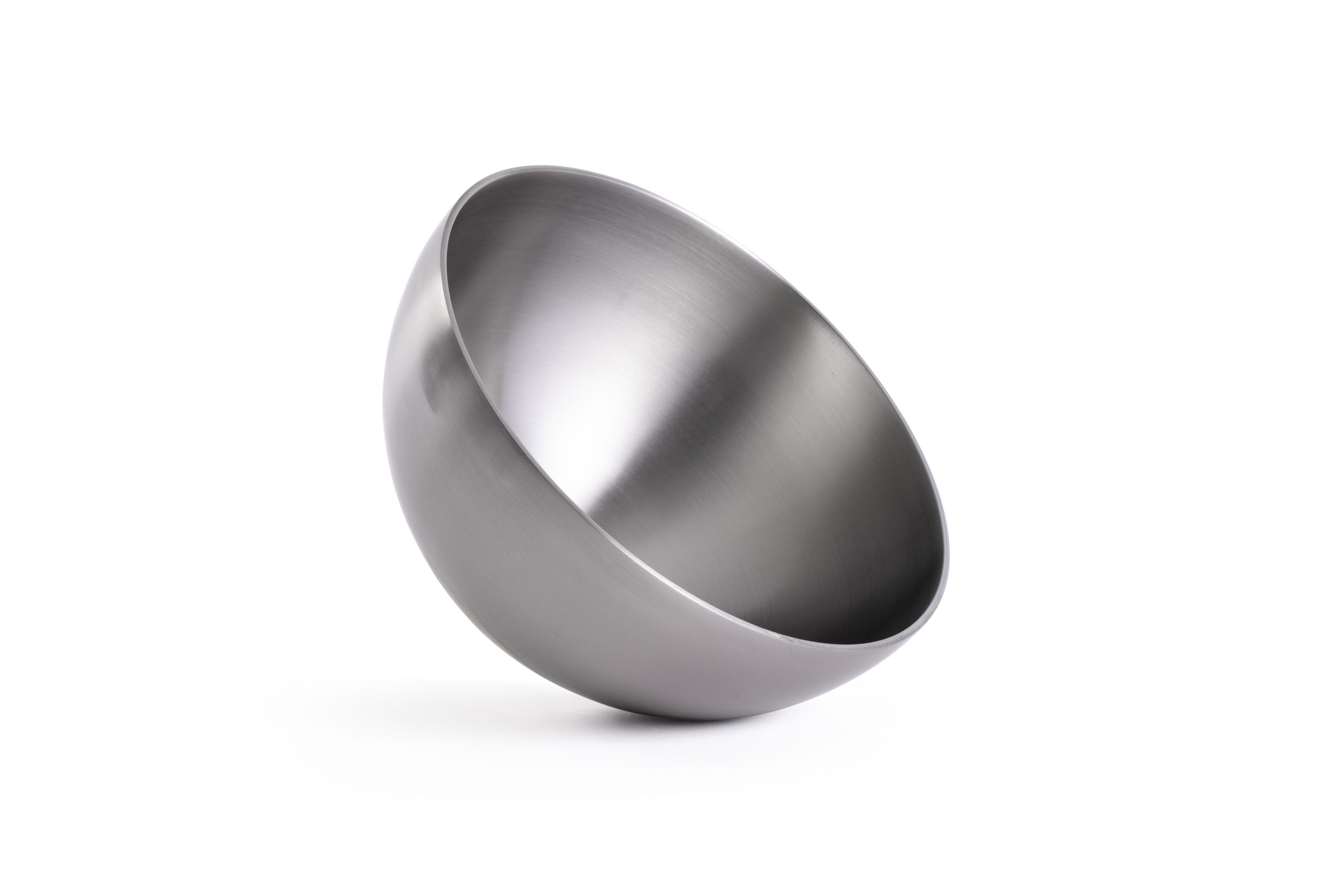 Inspection and Quality
Inspection and Quality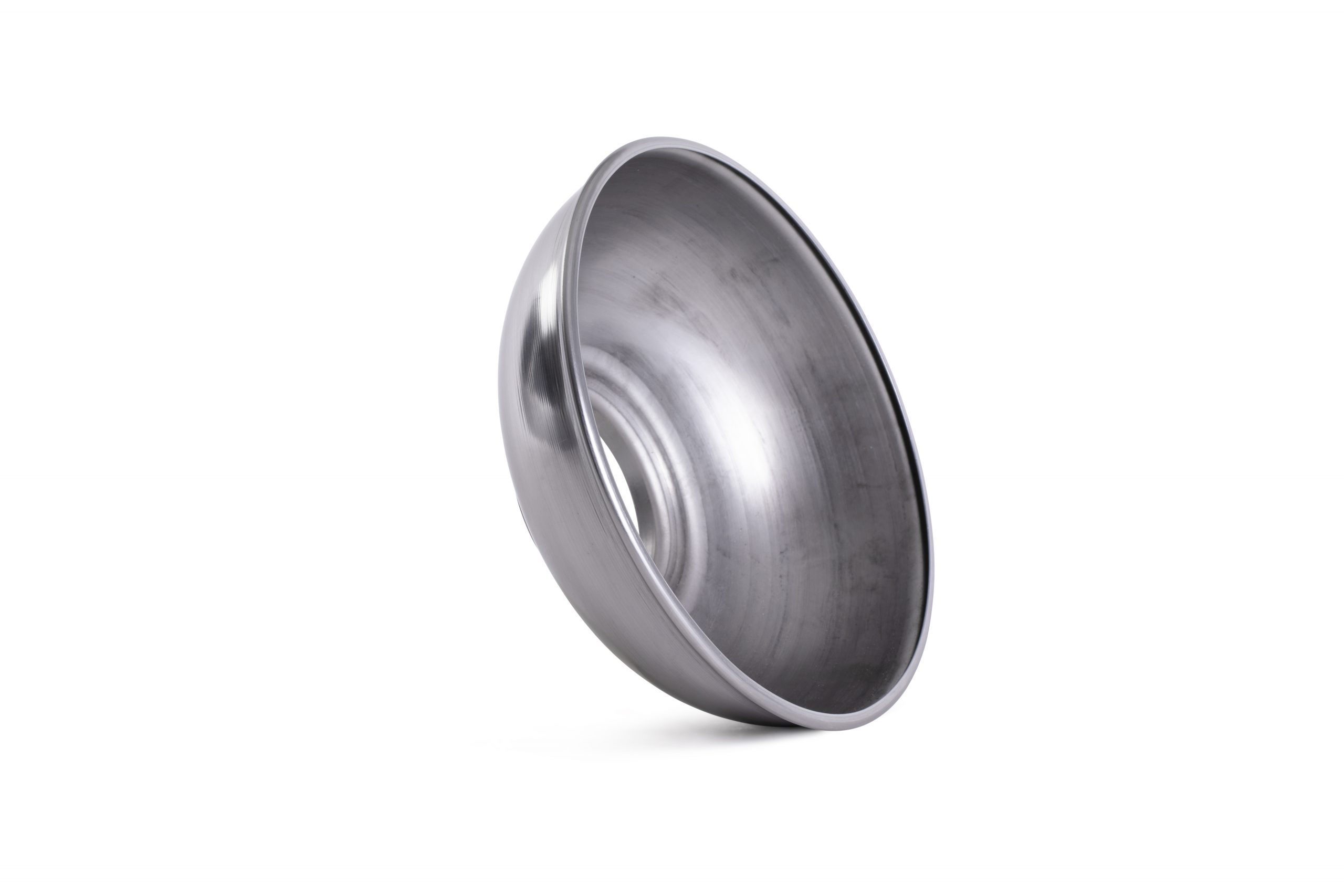 Anodising, Electropolishing and Pickling & Passivating
Anodising, Electropolishing and Pickling & Passivating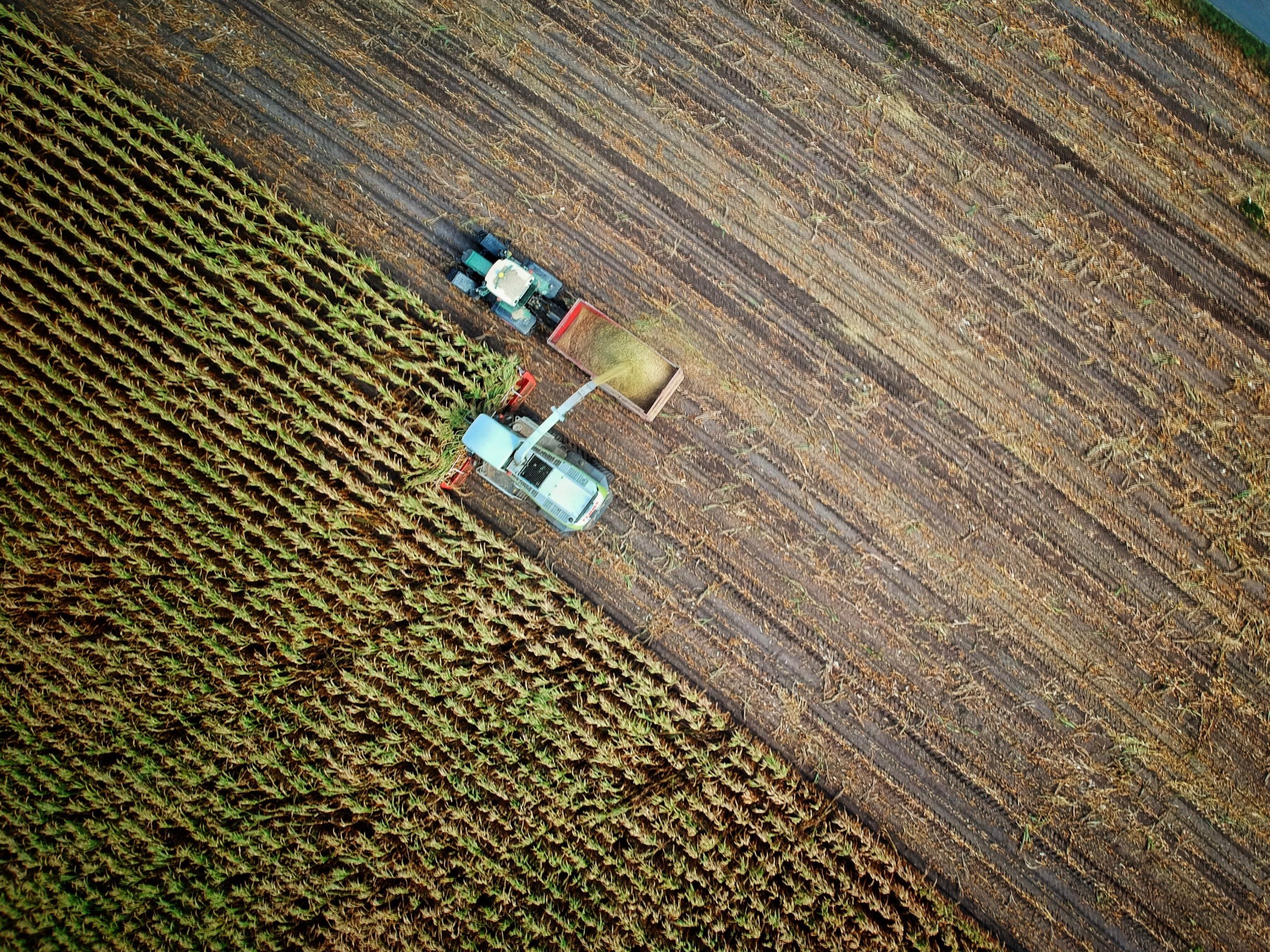 Agriculture
Agriculture Automotive
Automotive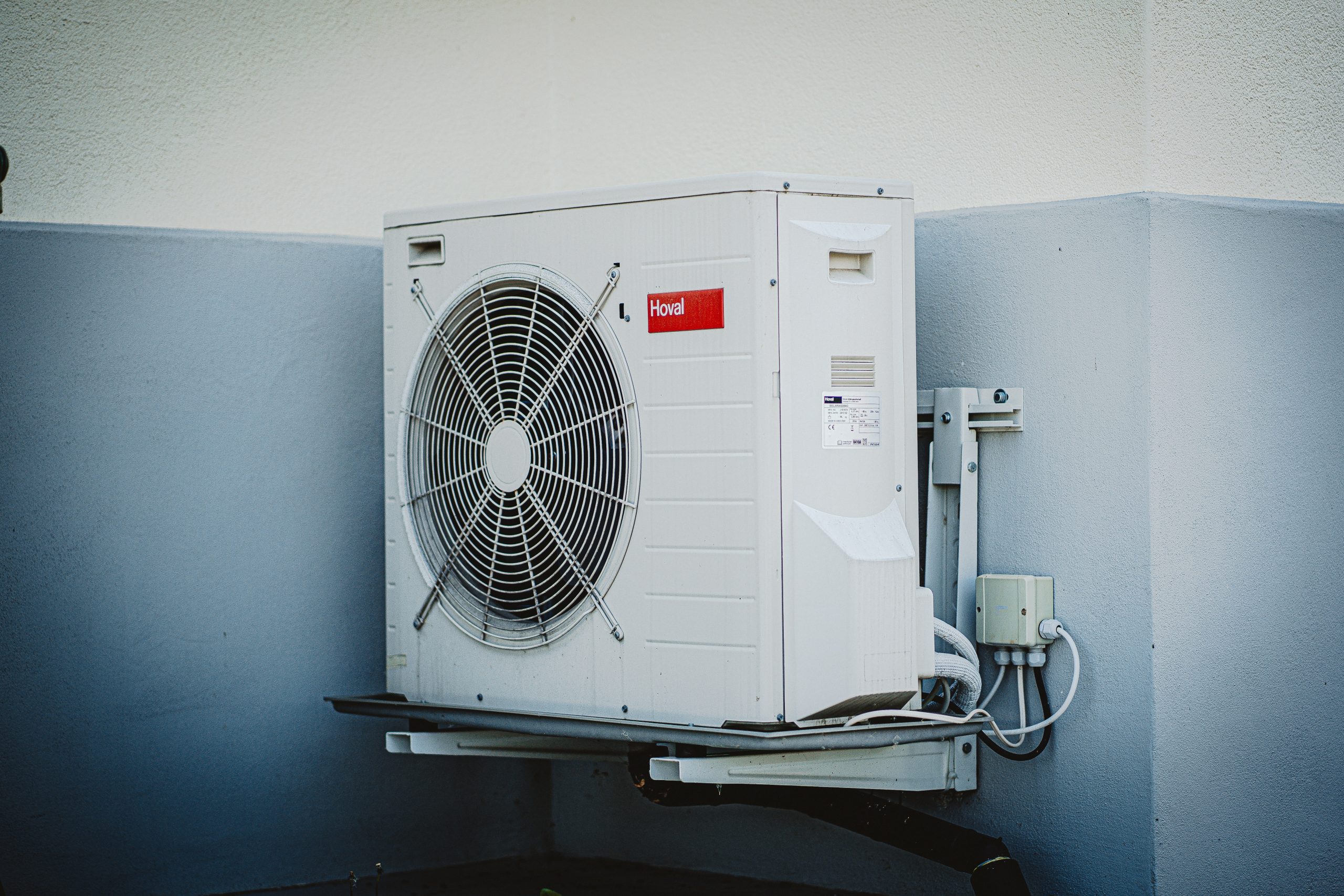 Air Movement
Air Movement Food Industry
Food Industry Marine
Marine Medical and Cryogenic
Medical and Cryogenic Playground
Playground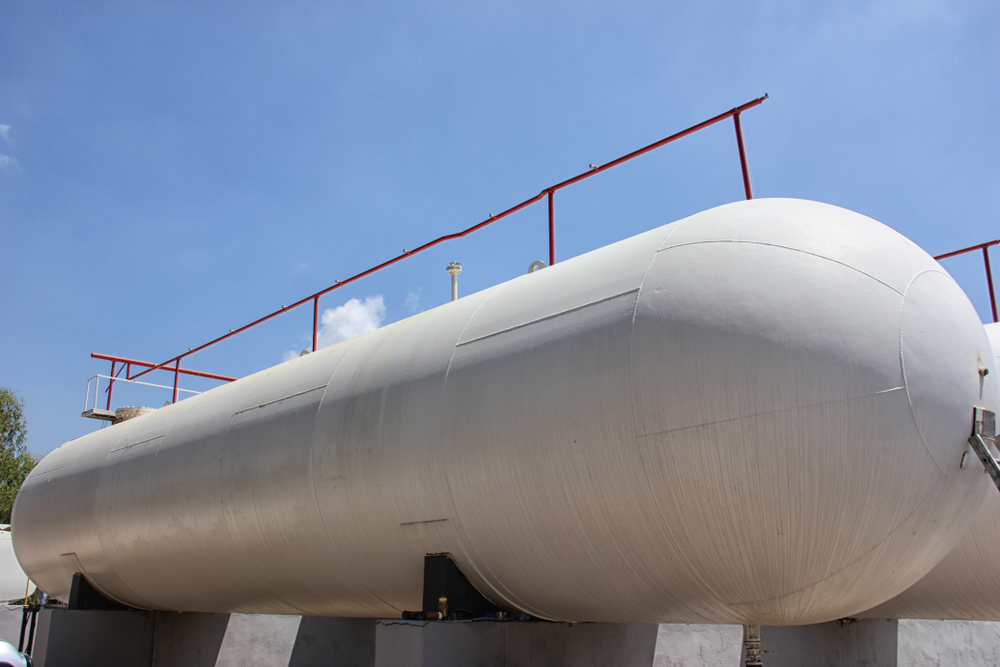 Pressure Vessels
Pressure Vessels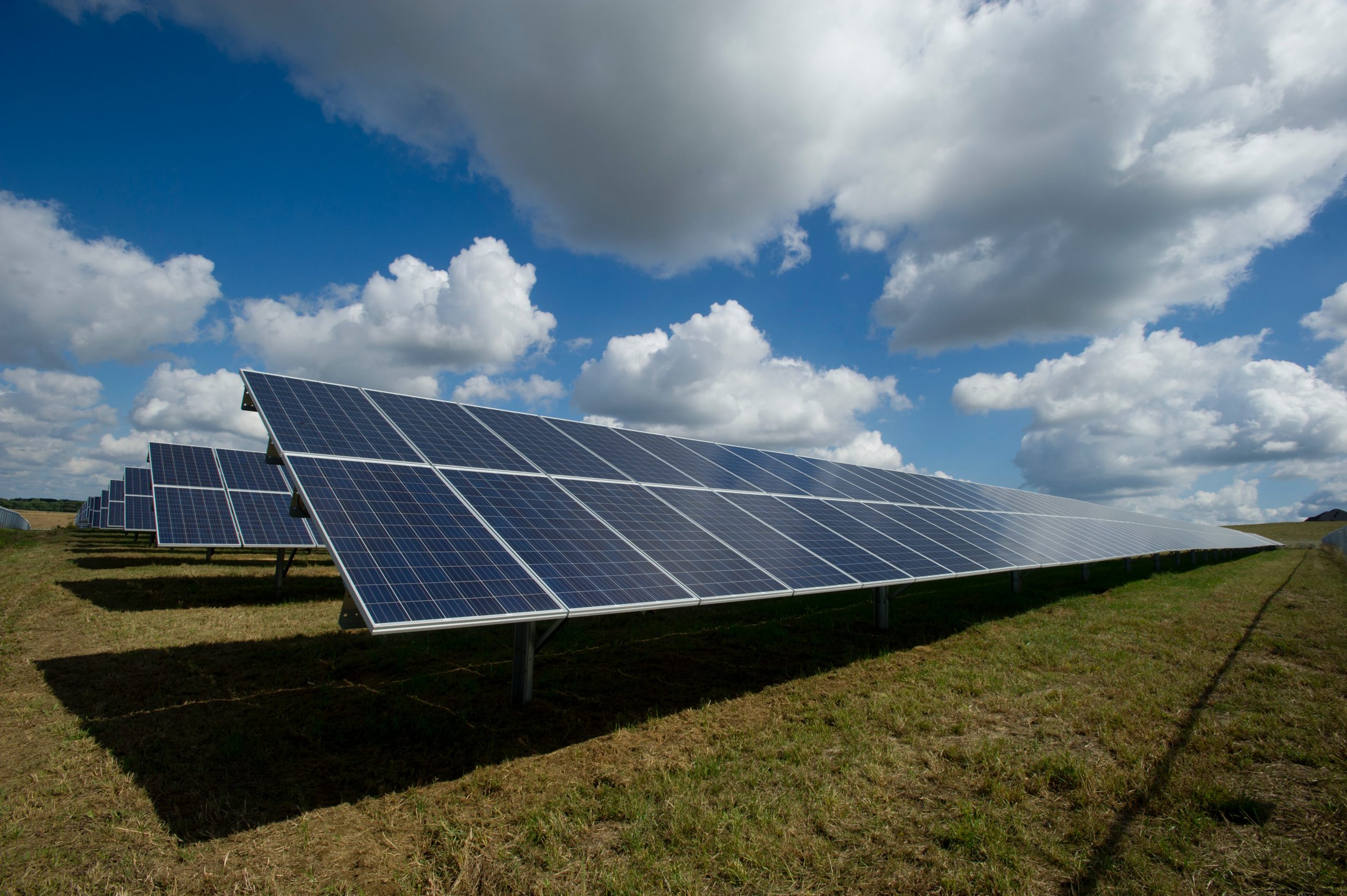 Renewable Energy
Renewable Energy Safety
Safety